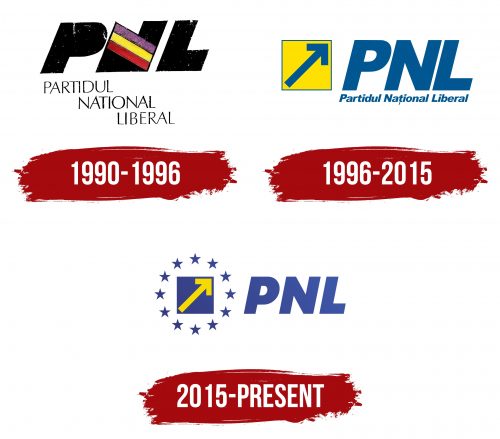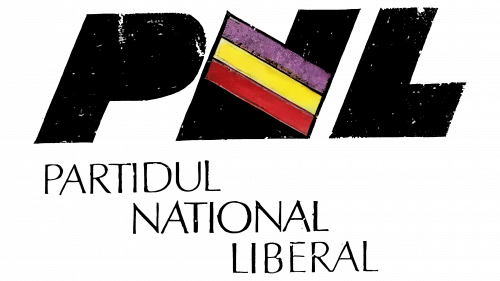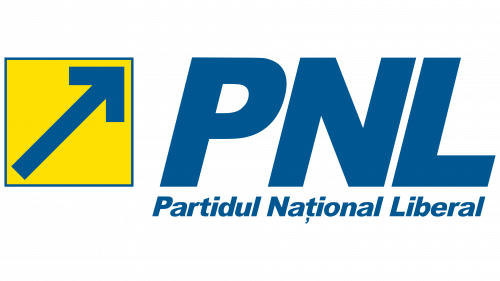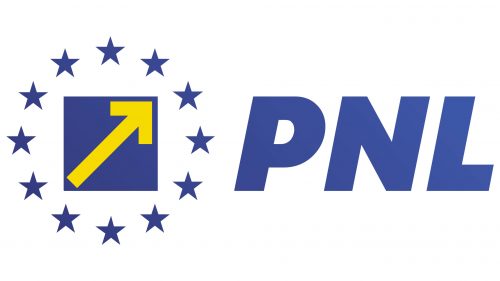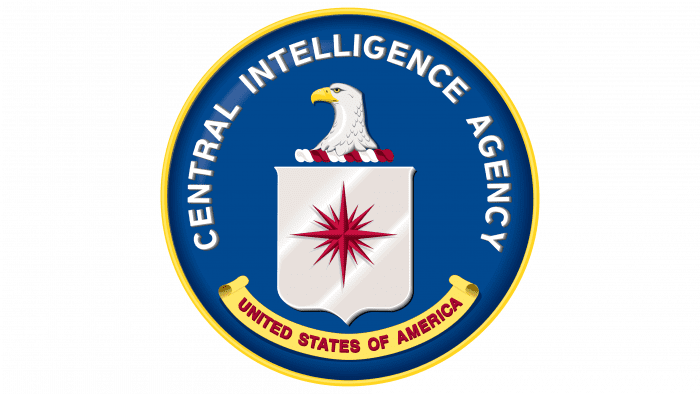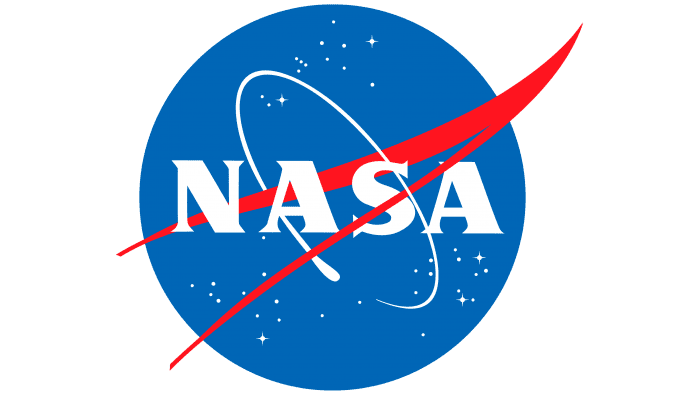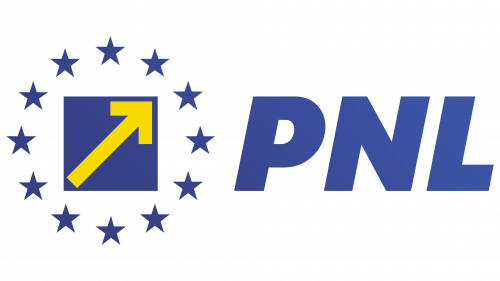 Partidul National Liberal Logo PNG
Partidul National Liberal Logo PNG
The Partidul Național Liberal logo represents a pro-European party supporting center-right values. The organization has a clear program for improving the country’s situation, and the emblem emphasizes determination and organization.
Partidul National Liberal: Brand overview
In the turbulent aftermath of Romania’s 1989 revolution, the National Liberal Party (PNL) reemerged on January 15, 1990, reclaiming its legacy from the pre-communist era. This rebirth was led by Radu Câmpeanu, a former dissident and political prisoner who sought to restore the party’s influence in the newly liberated political scene.
In the early post-revolution years, the group joined forces with other anti-communist groups under the Democratic Convention of Romania (CDR), which achieved second place in the 1992 elections and became the primary opposition force.
By 1993, internal tensions led to the first major split, with Dinu Patriciu forming the National Liberal Party – Democratic Convention (PNL-CD). Despite these setbacks, the 1996 elections marked a significant victory for the CDR, bringing Victor Ciorbea of the National Peasants’ Party to the Prime Minister’s office, and the group secured several key ministerial positions. However, economic difficulties and internal conflicts marred the coalition government’s term.
2000, the organization left the CDR, standing alone in the elections and capturing around 7% of the vote. Theodor Stolojan then took over as party leader, steering the group into a new phase of alliances. In 2003, the party teamed up with the Democratic Party (PD) to form the “Justice and Truth” Alliance (DA). This coalition saw success in the 2004 elections, leading to a government coalition with other parties, with Călin Popescu-Tăriceanu from the group as Prime Minister.
The alliance with PD fell apart by 2008 due to growing disagreements, leaving the group to lead a minority government. After the 2008 elections, where the party secured about 18% of the vote, the organization moved into opposition, with Crin Antonescu assuming leadership in 2009.
In 2011, the party joined forces with the Social Democratic Party (PSD) and the Conservative Party (PC) to form the Social Liberal Union (USL), which triumphed in the 2012 parliamentary elections. Despite this victory, the USL coalition disbanded in early 2014 due to internal disagreements.
Post-USL, the group merged with the Democratic Liberal Party (PDL), creating a stronger, unified National Liberal Party to consolidate center-right forces in Romania. This move paid off in 2014 when the group’s candidate, Klaus Iohannis, won the presidential election.
In the 2016 parliamentary elections, the organization achieved second place with around 20% of the vote, taking on the role of opposition to the PSD-led government. From 2016 to 2019, the party emerged as a vocal critic of the PSD government, particularly over judicial reforms and anti-corruption efforts, supporting widespread anti-government protests.
In 2019, the group secured substantial victories, winning the European elections and orchestrating a successful vote of no confidence against the PSD government. This resulted in Ludovic Orban, the organization’s leader, becoming Prime Minister and forming a minority government.
Meaning and History
What is Partidul Național Liberal?
It is a political party in Romania. It is one of the oldest and most influential parties in the country. The party promotes liberal and centrist values, including support for a market economy, protection of civil liberties, and the development of democratic institutions. It actively participates in the country’s political life, having representatives in parliament and government. The party plays a significant role in shaping Romania’s policies and represents a substantial portion of the electorate.
1990 – 1996
The first logo of the party appears quite avant-garde. The massive black letters of the abbreviation convey an unyielding stance. The solid black fill of the symbols, without any openings, emphasizes the movement’s impressiveness.
Each element resembles a large locomotive car. The slight forward tilt indicates movement towards the future. The train moves slowly but surely, crushing any obstacles in its path.
The black elements also highlight the heritage of The National Liberal Party, which operated in the Kingdom of Romania in the late 19th and early 20th centuries.
The central “N” crossbar is made from stripes of the Romanian flag, indicating the movement’s country.
Under the massive abbreviation, the full name “Partidul Național Liberal” is written in thin font, arranged stepwise. This design signifies the party’s gradual development and establishment before it reaches its current position.
1996 – 2015
The emblem changed to a yellow square with an arrow pointing to the upper right corner. The sign marked the party’s victory in the elections as part of a coalition, highlighted the center-right stance, and highlighted the country’s flourishing democracy.
To the emblem’s right is a large blue abbreviation with a small explanation below. The straight, slender letters emphasize the party’s renewed position and readiness to cooperate to advance its ideals.
2015 – today
2014, following the European Parliament elections, the National Liberal Party updated its emblem by adding elements of European Union symbolism. This change underscores the party’s direction toward integration with the European Union and its commitment to European values. The logo update was timely and reflected the party’s aim to align with contemporary political realities, support development, and strengthen international connections.
The emblem of the National Liberal Party (Partidul Național Liberal, PNL) consists of a square blue background with a yellow arrow pointing upward and to the right, surrounded by a circle of stars. To the right of this image is the abbreviation “PNL.”
The square with the yellow arrow symbolizes the party’s commitment to progress and development. The arrow points upward, associated with improvement, growth, and positive change. The stars surrounding the square remind of the European Union’s symbolism, emphasizing European integration and support for European values.
The party’s logo highlights its dedication to European ideals and aspiration for integration with the European Union. The yellow arrow on the blue background symbolizes optimism, a bright future, and dynamic development.
The abbreviation “PNL” is rendered in a modern and clear font, symbolizing openness, honesty, and reliability. The blue text harmonizes with the logo’s overall style, creating a cohesive and professional impression.
Blue is associated with honesty, stability, and reliability, reflecting the party’s core values. The yellow arrow represents optimism, energy, and a bright future. The white background of the stars emphasizes purity and clarity of political intentions.
